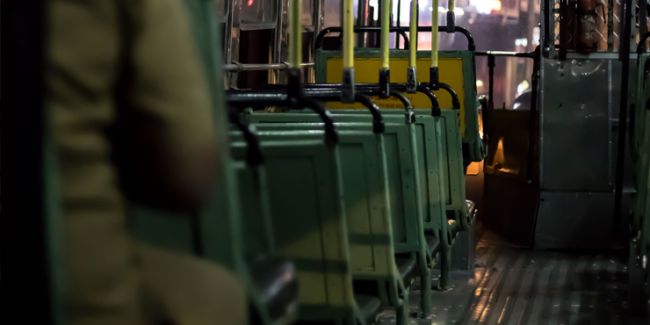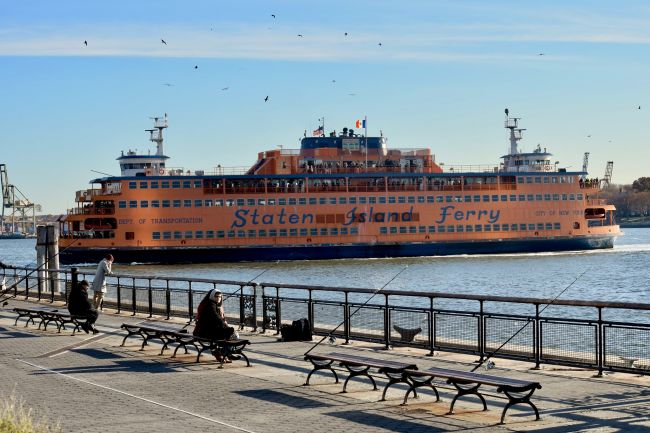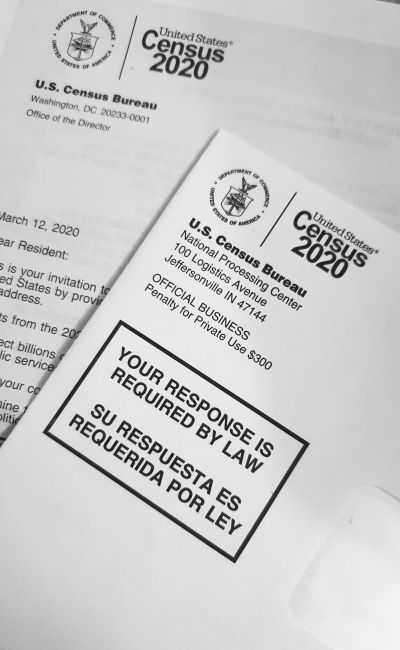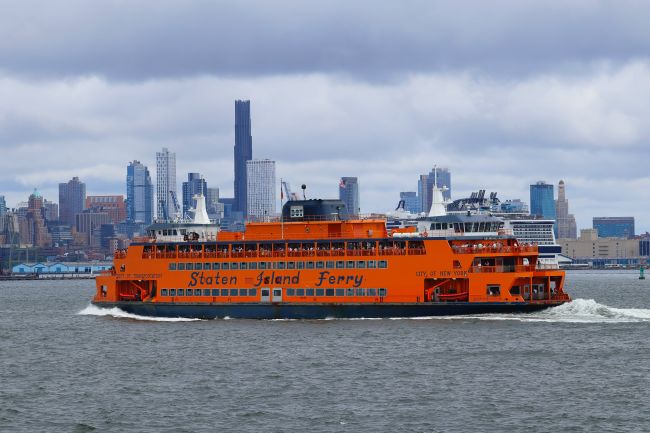A new wave for passenger ferries
Passenger ferries are versatile, affordable transit options available to many agencies and cities.
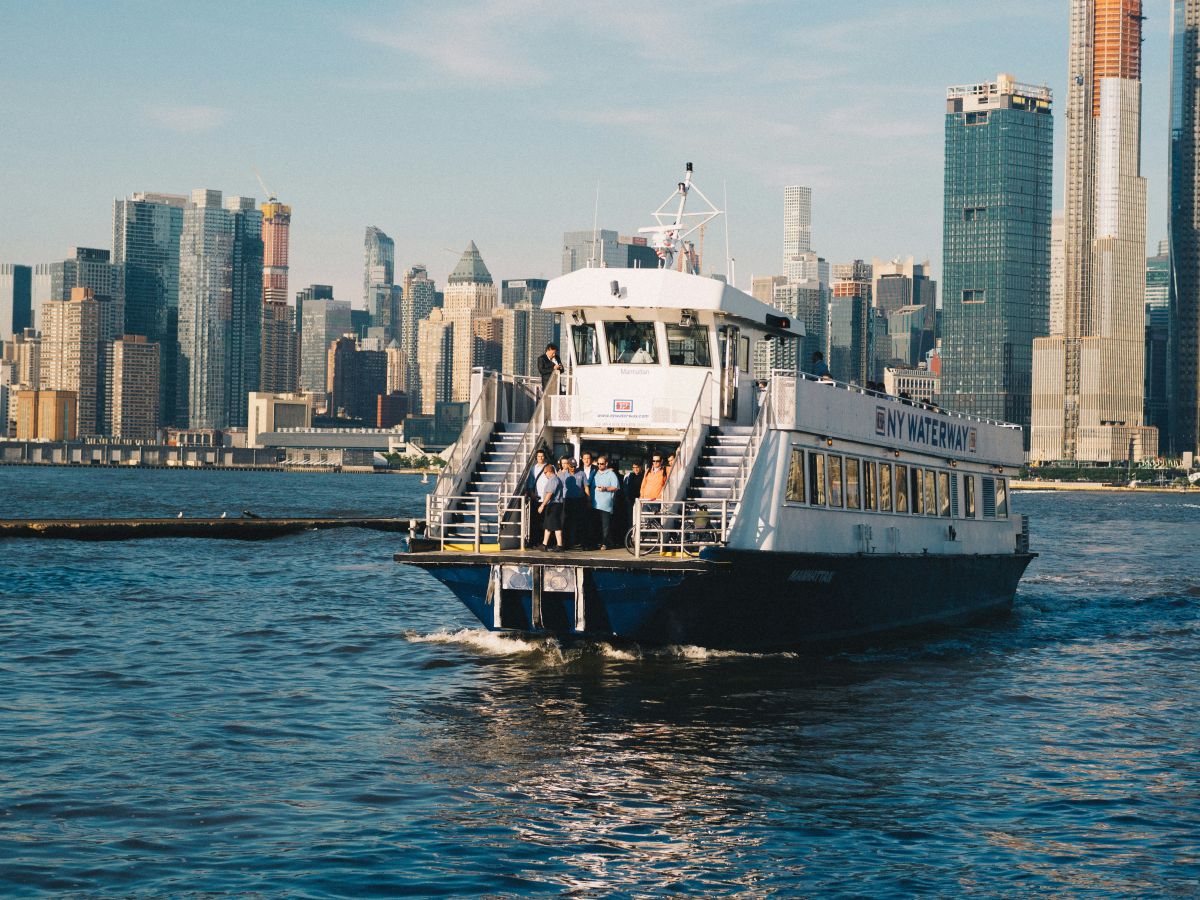
Passenger ferries are versatile, affordable transit options available to many agencies and cities. Planning for a successful ferry service must be approached strategically, considering its intended purpose, its operating structure, and how it will fit within the larger transit network.
In the current environment of tight transportation budgets, cities and organizations are increasingly turning to ferries as transportation solutions. The appetite for ferries has increased over the years as they provide opportunities for an entirely new transportation service at a relatively low cost, compared to new or expanded fixed guideway services like subway and commuter rail.
Ferry systems also tend to have lower subsidies per passenger than commuter rail or express bus services. For example, the new NYC Ferry system in New York, based on Steer Davies Gleave’s 2013 Citywide Ferry Study, is expected to operate with a subsidy of $6.60 per passenger, which is less than the Long Island Railroad and the city’s express buses.
Additionally, the capital costs of ferries is less than that of fixed guideway services. New York City invested $55 million in infrastructure upgrades and new landings for the NYC Ferry service, while the extension of one of the city’s subway lines to an additional station cost approximately $2.4 billion.
Beyond the financial attractiveness of ferries, they can offer solutions to a number of issues, including accessibility for underserved communities, hazard mitigation, and transit system redundancy.
Ferries are able to provide transportation solutions when other parts of the transit networks have suffered service disruptions, ranging from strikes and power outages to disruptions caused by natural disasters and terrorism. It is likely that ferries will again be utilized to help mitigate the impact of a major system disruption in New York when the L train tunnels under the East River are shut down for repairs in 2019.
Together with the versatility and affordability of ferries, many agencies and cities are looking to take advantage of their waterways. When doing so, it is key to consider the ferry’s purpose within the larger transit network, as it has implications to the life of the service and its operating structure.
The ferry’s purpose within the larger network drives many aspects of the service including, but not limited to, capital costs, operating hours and vessel ownership. For instance, a ferry targeted to meet commuting demand will have very different objectives from a seasonal service taking passengers to one of the state parks, even though the same vessel may be able to serve both purposes.
It is important to identify the intended life of the service, as it may drive the operating structure. In addition to the operating characteristics and organization of the service, it must be well integrated into the wider transit network to be successful.
In conclusion, ferries are affordable, versatile transit solutions favored by many for their visibility and ease of implementation but, to be most effective, a ferry service must be approached strategically. Such planning should focus on the purpose of the ferry within the larger transit network, the life of the service and the best operating structure to deliver a successful service.
You can read our Citywide Ferry Study on the New York City Economic Development Corporation website

